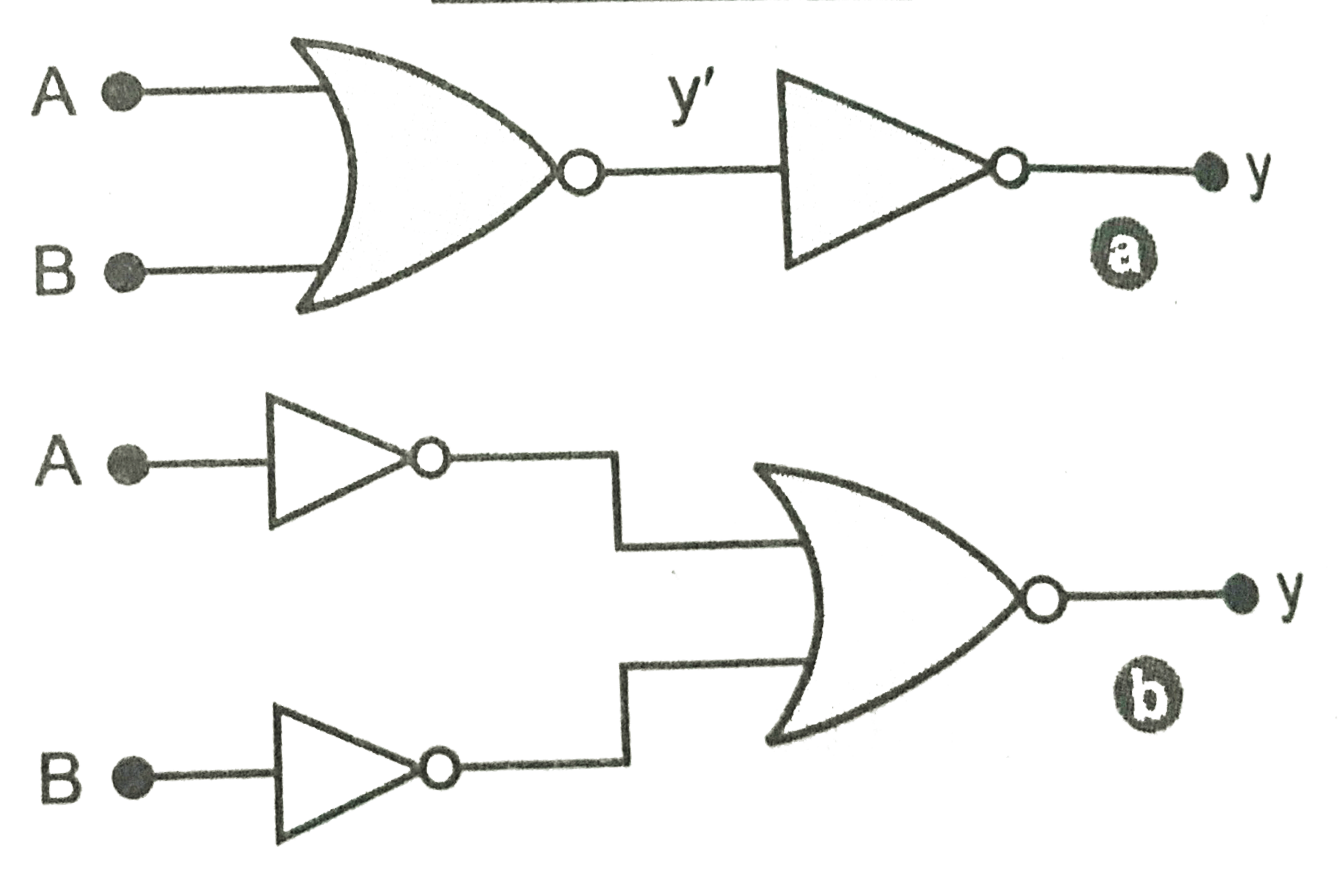Complete Solutions to Exercise of chapter SEMICONDUCTOR ELECTRONICS MATERIALS DEVICES AND SIMPLE CIRCUITS of Class 12 book with complete answers and questions
| Class 12 | PHYSICS |
| Chapter | SEMICONDUCTOR ELECTRONICS MATERIALS DEVICES AND SIMPLE CIRCUITS |
| NCERT | Exercise |
| Number Of Questions | 15 |
| Academic Year | 2023-24 |
In a `n`-type semiconductor, which of the following statement is true?
01:47View SolutionWhich of the statements given in above example is true for p - type semiconductors ?
01:54View SolutionCarbon , silicon and germanium have four valence elcectrons each . These are characterised by valence and conduction bands separated by energy band - gap respectively equal to ` (E_g)_(c) (E_g)_(si) ` and ` (E_g)_(Ge) `. Which of the following statements ture ?
01:23View SolutionIn an unbiased p-n junction, holes diffuse from the p-region to n-region because
01:39View SolutionWhen a forward bias is applied to a p -n junction. It
View SolutionIn half - wave rectification, what is the output frequency, if the
input frequency is 50 Hz ? What is the output frequency of a full - wave rectifier
for the same input frequency ?02:27View SolutionA p-n photodiode is fabricated from a semiconductor with band - gap of 2.8 eV . Can it detect a wavelength of 6000nm?
03:32View SolutionThe number of silicon atoms per `m^(3) is 5xx10^(28)`. This is doped simultaneously with `5xx10^(22)` atoms per `m^(3)` of Arsenic and `5xx10^(20) per m^(3)` atoms of indium. Calculate the number of electrons and holes. Given that `n_(i)=1.5xx10^(16)m^(-3)`. Is the material n-type or p-type?
03:20View SolutionIn an intrinsic semiconductor the energy gap `E_(g) is 1.2 eV`. Its hole mobility is much smaller than electron mobility and independent of temperature. What is the ratio between conductivity at `600K` and `300K`? Assume that temperature dependence intrinstic concentration `n_(i)` is given by
`n_(i)=n_(0) exp ((-E_(g))/(2k_T))`, where `n_(0)` is a constant and `k_=8.62xx10^(-5)eV//K`.03:38View SolutionIn a `p-n` junction diode, the currect `I` can expressed as `I=I_(0) exp((eV)/(2k_(B)T)-1)` where `I_(0)` is called the reverse saturation current, `V` is the voltage across the diode and is positive for forward bias and negative for reverse bias, and `I` is the current through the diode, `K_(B)` is the Boltzmann constant `(8.6 xx 10^(-5) eV//K)` and `T` is the absolute temperature. If for a given diode `I_(o) = 5 xx 10^(-12) A` and `T = 300 K`, then
(a) What will be the forward current at a formward voltage of `0.6V` ?
(b) What will be the increase in the current if the voltage across the diode is increased to `0.7 V` ?
( c) What is the dynamic resistance ?
(d) What will be current if reverse bias voltage changes from `1 V` to `2 V` ?06:41View SolutionYou are given the two circuits as shown in Fig. and . Show that circuit acts as OR gate while the circuit acts as AND gate.
 04:31View Solution
04:31View SolutionWrite the truth table for a NAND gate as given in Fig.9. Hence identify the exact logic operation carried out by this circuit.
 02:05View Solution
02:05View SolutionYou are given two circuits as shown in following figure. The logic operation carried out by the two circuit are respectively :-
_E01_415_Q01.png) 04:36View Solution
04:36View SolutionWrite the truth table for circuit given in Fig.below consisting of NOR gates and identify the logic operation (OR, AND and NOT) which this circuit is performing.
 05:19View Solution
05:19View SolutionWrite the truth table for the circuit given in Fig., consisting of NOR gates only. Identify the logic operations (OR, AND, NOT) performed by two circuits.
 05:19View Solution
05:19View Solution
Exercise questions and complete solutions for chapter SEMICONDUCTOR ELECTRONICS MATERIALS DEVICES AND SIMPLE CIRCUITS of NCERT PHYSICS(ENGLISH) of Class 12
